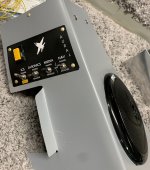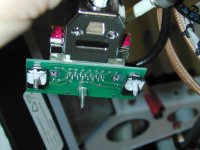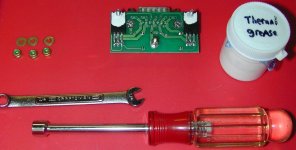I have a single sheilded and grounded wire supplying external audio(EFIS, GPS, Media, etc) to my radio/intercom. Source is the Audio out of an AP-60. Everything sounds great as long as there is some source of active audio. Otherwise there is a very mild hiss when it should be silent and I've flown airplanes with worse- I'm just trying to get it as close to perfect if I can. My radio also can place a negative dB on that input but it is still mildly perceptible.
The thing is if I turn this input off, the headphone is perfectly silent other than intercom/radio. The aux input is at line level so I understand we are working around the 1V range. I tried pulldowns but anything over 1 ohm allows the hiss(and is way to aggressive to pass media without distortion). I am thinking of maybe a small zener diode to try activate a signal relay but there might be a better way. Ideally if there is just a 1.5" sparkfun PCB module or such. Ferrite chokes in various positions don't seem to have an effect either. Anybody aware of other strategies?
The thing is if I turn this input off, the headphone is perfectly silent other than intercom/radio. The aux input is at line level so I understand we are working around the 1V range. I tried pulldowns but anything over 1 ohm allows the hiss(and is way to aggressive to pass media without distortion). I am thinking of maybe a small zener diode to try activate a signal relay but there might be a better way. Ideally if there is just a 1.5" sparkfun PCB module or such. Ferrite chokes in various positions don't seem to have an effect either. Anybody aware of other strategies?






